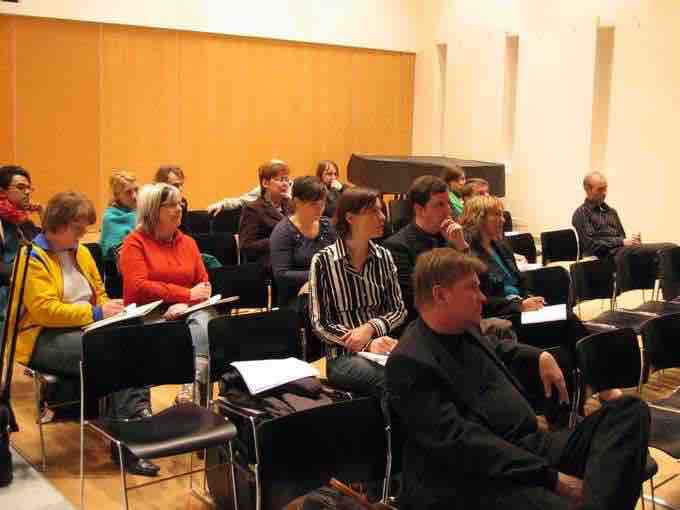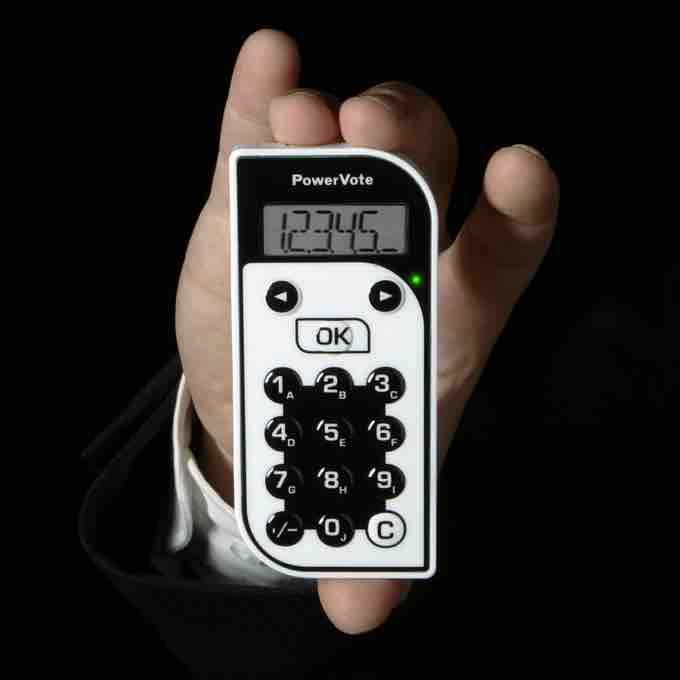Making Adjustments
Adapting the Message to the Audience During Preparation
A public speakers can use information about the audience to adapt his or her message to the particular audience while preparing the speech. Demographic information helps the speaker anticipate the audience and imagine how they will respond to different aspects of the message. While structuring the message, the speaker should keep his or her imagined, theoretical audience in mind and anticipate how they might respond to the speech as follows:
- What experiences and events does the speaker share with the audience? In what ways is the speaker similar to the audience? The speaker can then apply this knowledge in his or her message to meet the audience on common ground and identify with them.
- Analogies involve the linking of the unknown to the familiar. What examples or analogies can the speaker use that the audience is likely to find familiar?
- Speakers should use words that the audience will understand. This is sometimes referred to as diction, which is the speaker's selection of the right words and style of expression.
- Beware of jargon, or specialized language. The language that the speaker is familiar with from sports or work may not be familiar to an audience that does not participate in the same sport or work environment.
- If the speaker comes from a different language culture than the audience or speaks a different dialect, he or she must be careful to select phrases and words that the audience would use to encode the speech's message.
- The speaker may have to set aside his or her own attitudes, values, and beliefs in order to temporarily adopt the viewpoint of the audience. What sources will the audience accept as authorities that might be different from the authorities that the speaker cites to support his or her arguments, or beliefs?
- If the audience may react negatively to some portion of the message or not understand it, the speaker should change that portion before delivery.
Adapting the Message to the Audience While Delivering the Speech
Speakers are encouraged to plan to adapt during the speech. With a face-to-face audience in a small room , the speaker can observe non-verbal reactions such as looks of confusion or expressions of agreement or disagreement, and adjust the message accordingly.

Dot Org Boom Seminar on April 12, 2005, at Finland's Embassy in Stockholm
An example of an audience in a small room, where the speaker can see their reactions. Photo by Lars Aronsson.
The speaker can also encourage the audience to ask questions. Traditionally, the speaker asks for questions after the speech is finished; however, this is not always the case. The speaker can guide the audience to ask questions throughout the speech by simply pausing between points, or politely asking the audience to hold all questions until the end. If audience members will not hold all questions until the end, the speaker should be prepared for interruptions and rehearse accordingly.
With a larger face-to-face audience, a speaker may want to use an audience response system (ARS) , also known as a clicker, to determine what the audience understands or what their current opinions are. ARS systems work with the audience's WI-FI enabled notebooks, laptops, or other hand-held computers. If the speaker's computer is also Wi-Fi-enabled, then he or she can display the responses on a screen while speaking and adapt the message accordingly. ARS systems can be used for large audiences anywhere in a classroom, lecture hall, or when speaking by teleconference.

Audience Response System
An audience response system for use during a speech. Photo by By Didiermoulin
Cell phones using SMS response systems are another way for the speaker to collect information and adapt during the speech. Cell phone-enabled response systems, such as SMS Response System, are able to take text inputs from the audience and receive multiple responses to questions per SMS. For facilities that do not have the equipment to analyze the SMS data during the speech, the audience can send tweets to the speaker, using a hashtag that is unique to the occasion or presentation. The tweets can be displayed as part of a back channel from remote audiences or members of large audiences using their smartphones, and the speaker can respond to the tweets or adapt his or her message in real time.